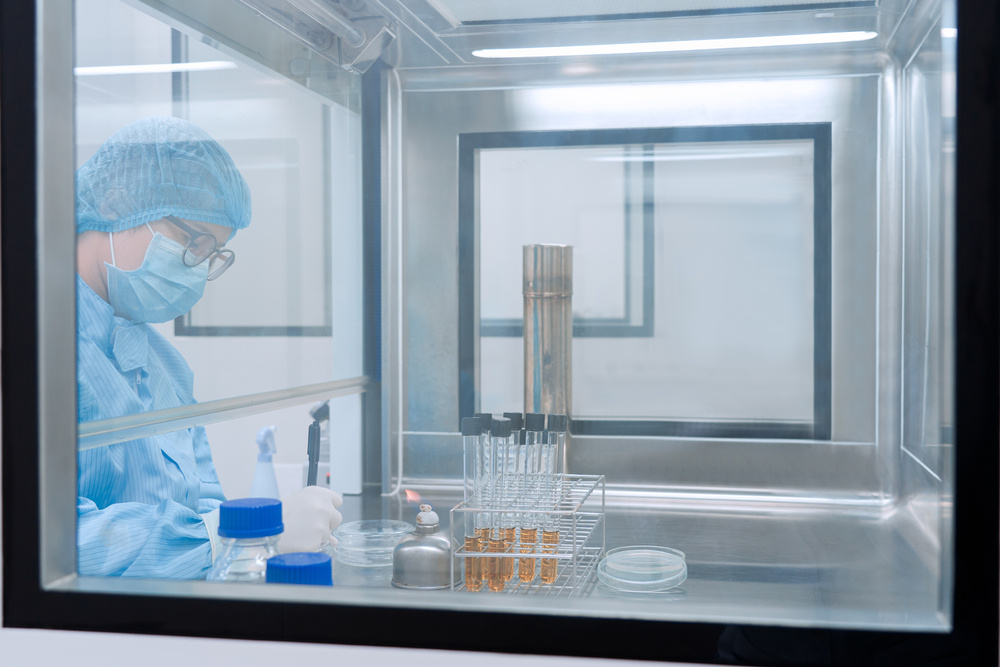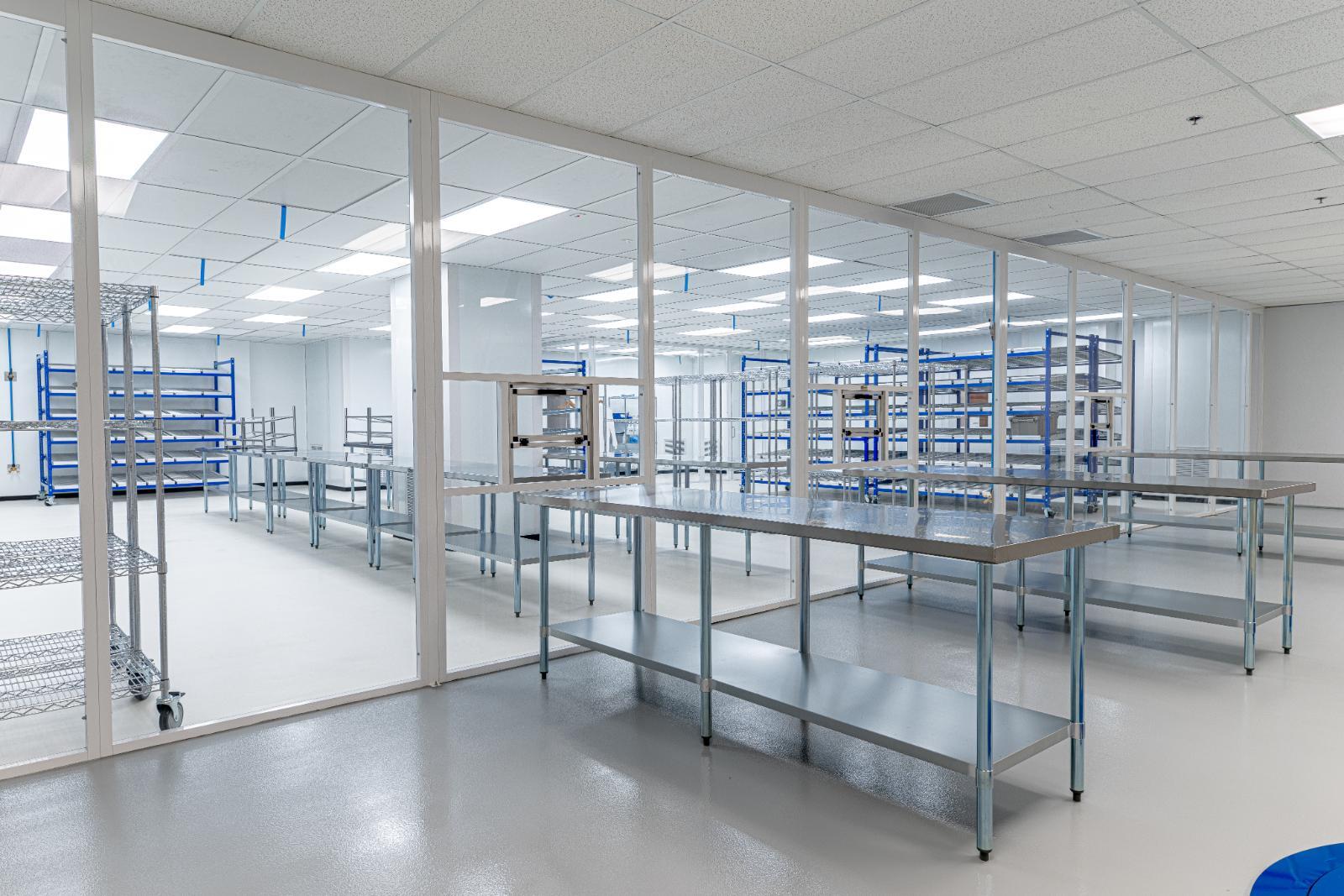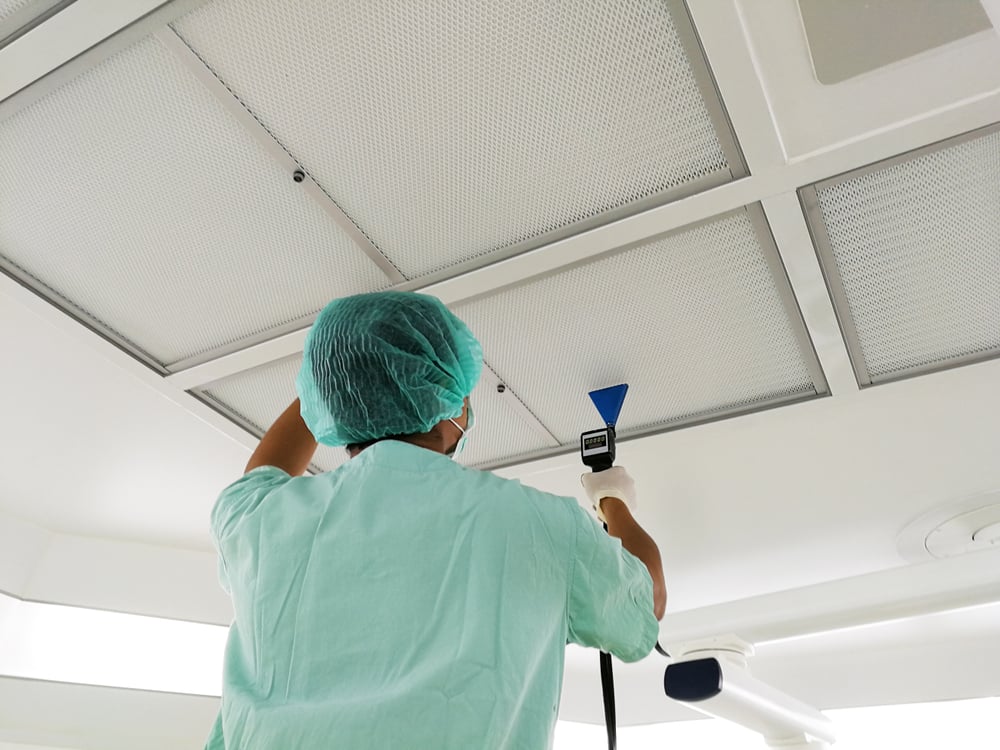Horizontal vs. Vertical Laminar Flow Hoods Compared

In cleanroom environments, where contamination control is non-negotiable, laminar flow hoods play a crucial role in protecting sensitive processes from particulate and microbial contamination. These devices provide localized zones of filtered air, sweeping away airborne particulates before they can compromise products or procedures.
But when it comes to selecting the right laminar flow hood configuration, you face a key decision: horizontal or vertical airflow? Understanding the operational differences between these two designs is critical to maintaining compliance, optimizing workflows, and protecting high-value work.
What Is Laminar Airflow? Why Is It Important?
Laminar airflow is a uniform, unidirectional stream of air that moves at a constant velocity through a defined space, minimizing turbulence and cross-contamination. In a laminar flow hood, this air is typically passed through a HEPA (high-efficiency particulate air) filter capable of removing 99.97% of particles ≥0.3 microns, ensuring ISO-compliant cleanliness levels at the point of use.
By directing filtered air in a consistent direction — either horizontally across the workspace or vertically down from above — laminar flow hoods create a protective envelope over sensitive materials and processes. This helps ensure contamination is swept away from the work area and toward exhaust zones, protecting both the product and the operator (depending on configuration).
Horizontal vs. Vertical Laminar Flow Hoods: How They Differ
While both hood types rely on the same core principle — unidirectional airflow — the direction of that flow significantly influences their effectiveness, ergonomics, and application fit.
|
Feature |
Horizontal Laminar Flow Hood |
Vertical Laminar Flow Hood |
|
Airflow direction |
Rear-to-front |
Top-to-bottom |
|
Contaminant removal path |
Swept forward, away from rear filter |
Pulled downward, through or around work surface |
|
Ideal applications |
Electronics assembly, optical work, non-hazardous compounding |
Tissue culture, IV prep, cleanroom packaging |
|
Operator protection |
Limited (airflow passes over hands) |
Moderate (airflow directed away from operator’s face) |
|
Work surface clearance |
Full front access, no airflow obstruction |
May require perforated or raised surface for exhaust |
|
Space requirements |
Deeper footprint due to rear-mounted filter |
More compact footprint |
|
Turbulence risk |
Lower if operated in cleanroom with proper controls |
Slightly higher risk if obstructed by hands or tools |
Benefits of Horizontal Laminar Flow Hoods
Horizontal flow hoods are often the preferred choice for tasks requiring exceptional particle control across a clear, open work zone.
Benefits
- Consistent airflow across the work surface: Air flows uniformly from the back to the front of the hood, minimizing dead zones and turbulence.
- No overhead blockage: Since the HEPA filter is mounted in the rear, lighting and workspace visibility are generally excellent.
- Ergonomic access: With no overhead filter housing, operators have better freedom of motion and line-of-sight to delicate components.
Limitations
- Contamination risk from operators: Since air flows over the operator’s hands before reaching the product, strict aseptic technique is required.
- Larger footprint: The need for rear plenum space can make horizontal units harder to fit in small cleanroom bays.
Benefits of Vertical Laminar Flow Hoods
Vertical flow hoods are popular in applications involving more volatile materials, biological agents, or tasks requiring a top-down airflow to reduce contamination risk.
Benefits
- Improved operator protection: By directing airflow downward, vertical hoods reduce the chance of particulates blowing directly into the user’s face.
- Compact design: The vertical airflow design often results in a smaller footprint, ideal for tight cleanroom configurations.
- Flexibility for hazardous or wet processes: Works well with containment strategies like biosafety cabinets or splash-resistant barriers.
Limitations
- Turbulence risk from work surface: If the surface isn’t perforated or if large equipment disrupts the airflow, air can deflect and create turbulence.
- Overhead HEPA filters may limit visibility or access: Filters and light fixtures above the workspace can obstruct movement or reduce lighting angles.
Which Hood Configuration Is Right for Your Cleanroom?
The right hood depends on your application, contamination risks, cleanroom layout, and operator needs. Here’s how to decide:
Choose a horizontal laminar flow hood when:
- You need clear, open access to the work zone.
- The product is more sensitive than the process (e.g., optics or microelectronics).
- Space is available to accommodate a deeper hood.
- Operator protection is less critical than product cleanliness.
Choose a vertical laminar flow hood when:
- The operator requires added protection (e.g., from drug compounds or aerosols).
- You’re working with large equipment or materials that benefit from top-down flow.
- Space constraints require a more compact footprint.
- The application involves liquids or splash-prone processes.
It’s also important to factor in your ISO classification requirements, cleanroom air change rate goals, and any regulatory standards relevant to your industry.
Get Expert Guidance and Custom Cleanroom Solutions
Because both horizontal and vertical laminar flow hoods serve different, but equally vital, roles in contamination control, selecting the right one can be more nuanced than it appears. At Encompass Cleanrooms, we help clients assess their cleanroom workflows, contamination control needs, and facility constraints to recommend the most effective laminar flow hood solution, whether it’s part of a new design-build project or a retrofit into an existing space.
If you’re evaluating airflow hood configurations or building a new cleanroom, contact us.


